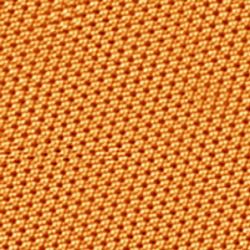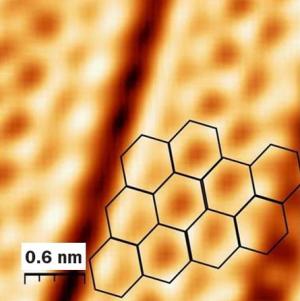The first silicene transistor lives up to expectations
Silicene is a unique 2d form of silicon that may hold potential for various computing applications. Its hard-to-handle nature, though, renders it so far unused, despite its potent electrical properties. A scientist from the University of Texas has recently been able to succeed in making the first silicene transistor, which lives up to the promise with its extraordinary switching speed.

The scientist grew silicene on a wafer, then stored it in a vacuum to prevent degrading from taking place. It remains unknown if silicene will indeed become a major building block in the future, but this success in making a transistor out of it confirms its impressive potential, with electrons that move it with almost no resistance.Silicene is also appealing as its made from silicon, which is already in extensive use and stems from a highly developed industry.


